We know that picking a school is tough work. After all, quite possibly the entire future of your young learner is in the balance. With that said, we don’t want to overwhelm you any more than you already are. So here are the key points of just about every curriculum you might encounter here in Beijing, boiled down to their essence to help you determine if it will be the right fit for your family. Keep in mind that no one curriculum reigns supreme, and there is plenty of variety within each of the approaches that is listed in this guide. So make sure to keep an open mind, and happy hunting!
Reggio Emilia
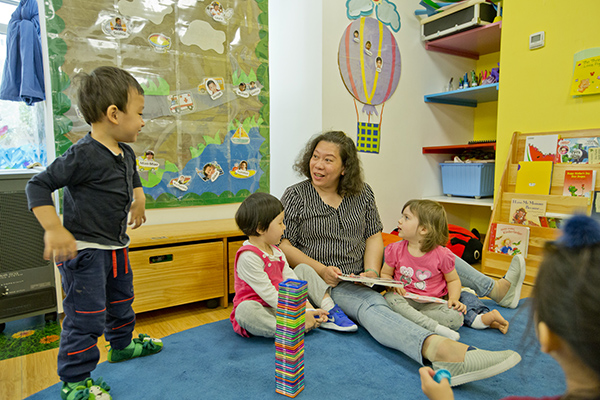
Reggio Emilia is an innovative approach to early years education where children are seen as unique people who embark on a journey into the realms of research and exploration from the moment they are born, in order to find out about themselves, others, and the surrounding world.
– Acquiring knowledge and skills are considered natural human needs
– Students are active designers of their own development
– Asking questions is an essential tool for acquiring knowledge
– An environment where children are free to educate themselves is essential
Multiple Intelligences
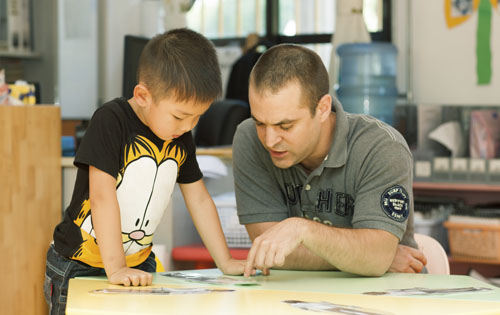
First conceived by Dr. Howard Gardner, Multiple Intelligences operates on the principle that people learn and think differently, and there are numerous ways intelligences can manifest, ranging from linguistic, logical-mathematical, spatial, bodily-kinesthetic, musical, interpersonal, intrapersonal, and naturalist.
– Customized teaching methods
– Use of wide-ranging techniques to reach all students
– Children are taught to become self-confident, to get along with others, and to be problem solvers
– Mainly found in kindergarten and elementary schools
Montessori
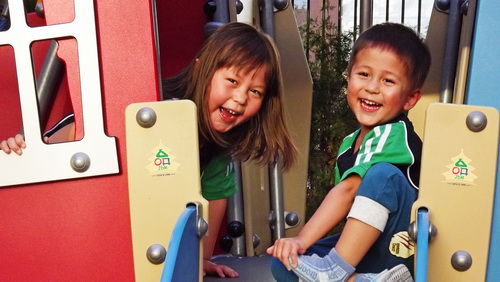
Founded by Dr. Maria Montessori (1870-1952), the Montessori approach is founded on the belief that every child should be respected as an individual and allowed to learn at their own pace within the prepared environment of a classroom.
– Mixed-age classrooms
– Prepared physical and spiritual learning environment focused entirely on the child
– Making of individualized teaching and development plans
– Teachers are directors, supporters, and collaborators
English National Curriculum
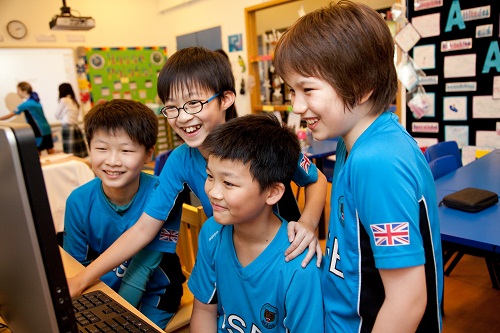
Launched in 1988 by the British government and used by all schools in England, Wales, Northern Ireland, and by thousands of British Curriculum schools all over the world. Students study the full breadth of subjects that are needed to help them develop into well-rounded citizens of the future.
– Highly structured and divided into six ‘Key Stages’
– Ongoing development of the curriculum gives the ENC high standing when compared to more linear ways of learning
– There are very few major cities where one of the 30,000 schools using the British curriculum model cannot be found.
Bilingual Approach

“Bilingual” isn’t a curriculum in itself, but is an approach used by numerous schools to deliver instruction. Parents should note that for a native pronunciation, learning should ideally take place before age 7. While fluency can be achieved at any age, the feat becomes harder as a child or adult grows older and if motivation wanes at any point.
– Puts two languages in the part of the brain that considers a language as primary
– Uses both languages beyond studying grammar and topical vocabulary
– Languages can be split 50:50, 30:70, with co-teachers, split-days, or in rare cases, simultaneous teaching
– Top jobs around the world require bilingualism as a minimum requirement
International Baccalaureate

IB World Schools are institutions accredited and authorized to offer either or all of the three programs: the Primary Years Programme or PYP (ages 3-12), the Middle Years Programme or MYP (ages 11-16), and the Diploma Programme or IBDP (ages 16-19).
– Has a 43-year history of high-quality international education
– One of the most popular – and natural – choices for expat families
– Requires study across a broad range of subjects
– IB diploma is accepted by over 2,000 universities in 75 countries
Hybrid Curriculum
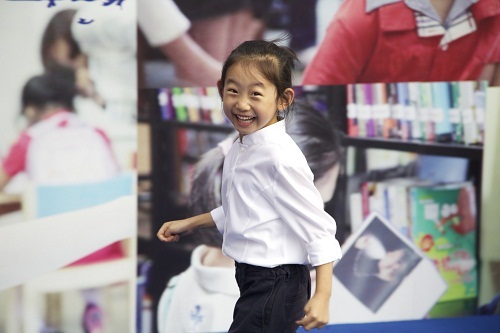
This curriculum can be described as the best of both worlds. It blends the Chinese education system (in the case of China-based schools) with internationally recognized styles such as the International Baccalaureate (IB), the English National Curriculum (ENC), American Common Core Standards, and the International Primary Curriculum (IPC).
– Ever-evolving and is offered from kindergarten to high school
– A curriculum that dives deeper into Chinese language and culture
– Graduates possess intellectual, cultural, and ecological fluency
– Found all over the world, however, each tailored to the respective local system

This article first appeared in the beijingkids School Choice Guide 2019-2020
Photos: Adobe Creative Cloud, Uni You, courtesy of schools




